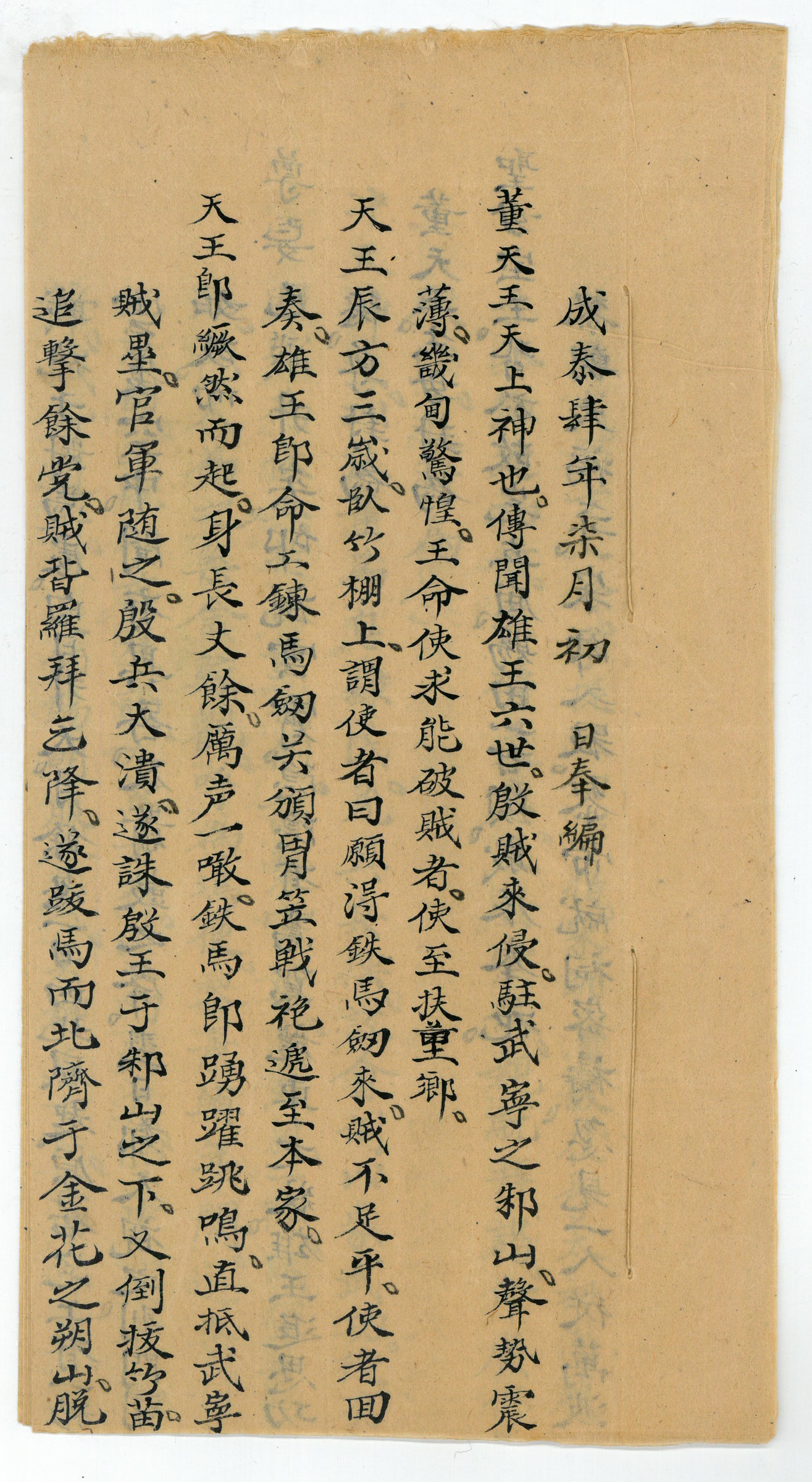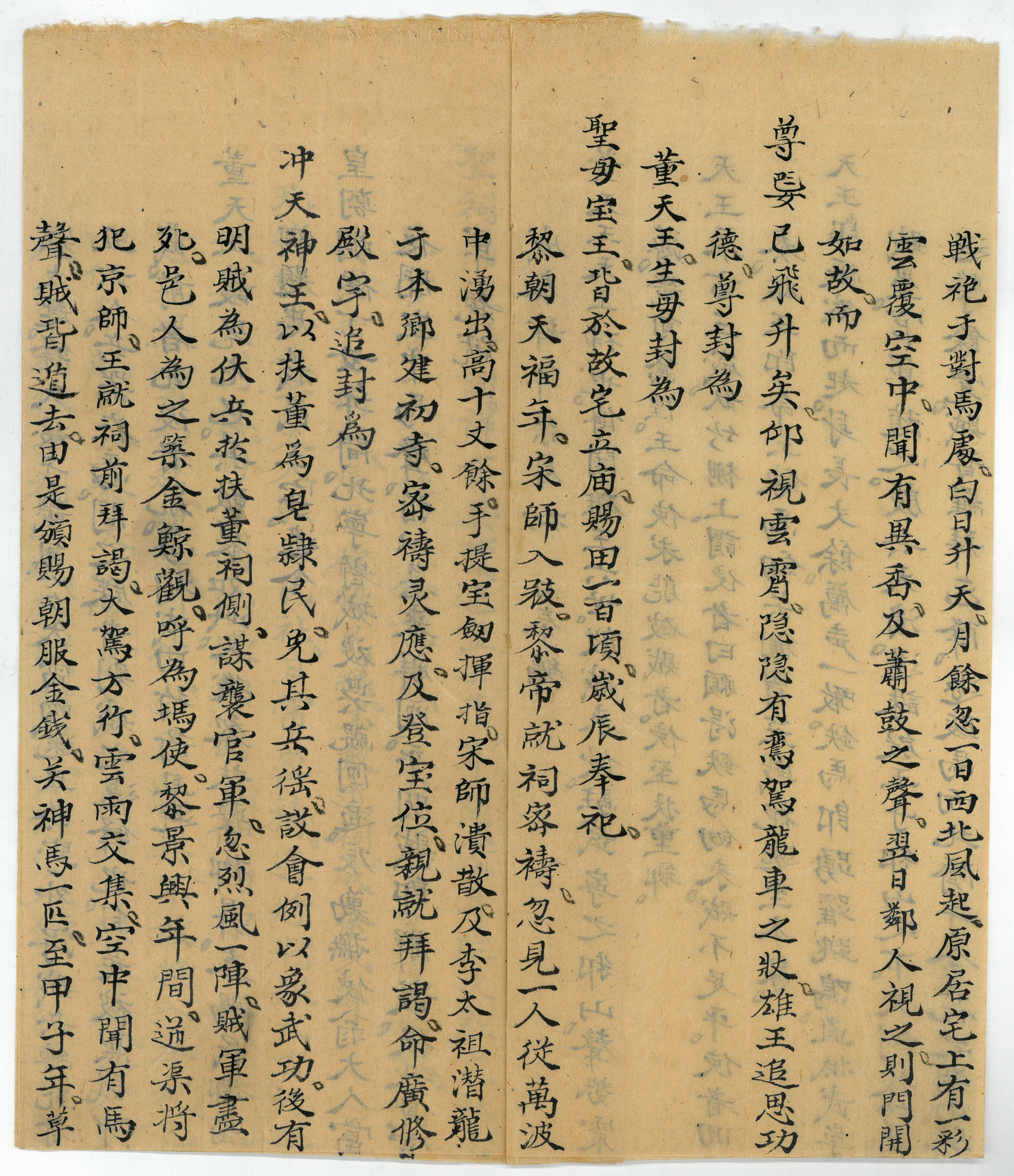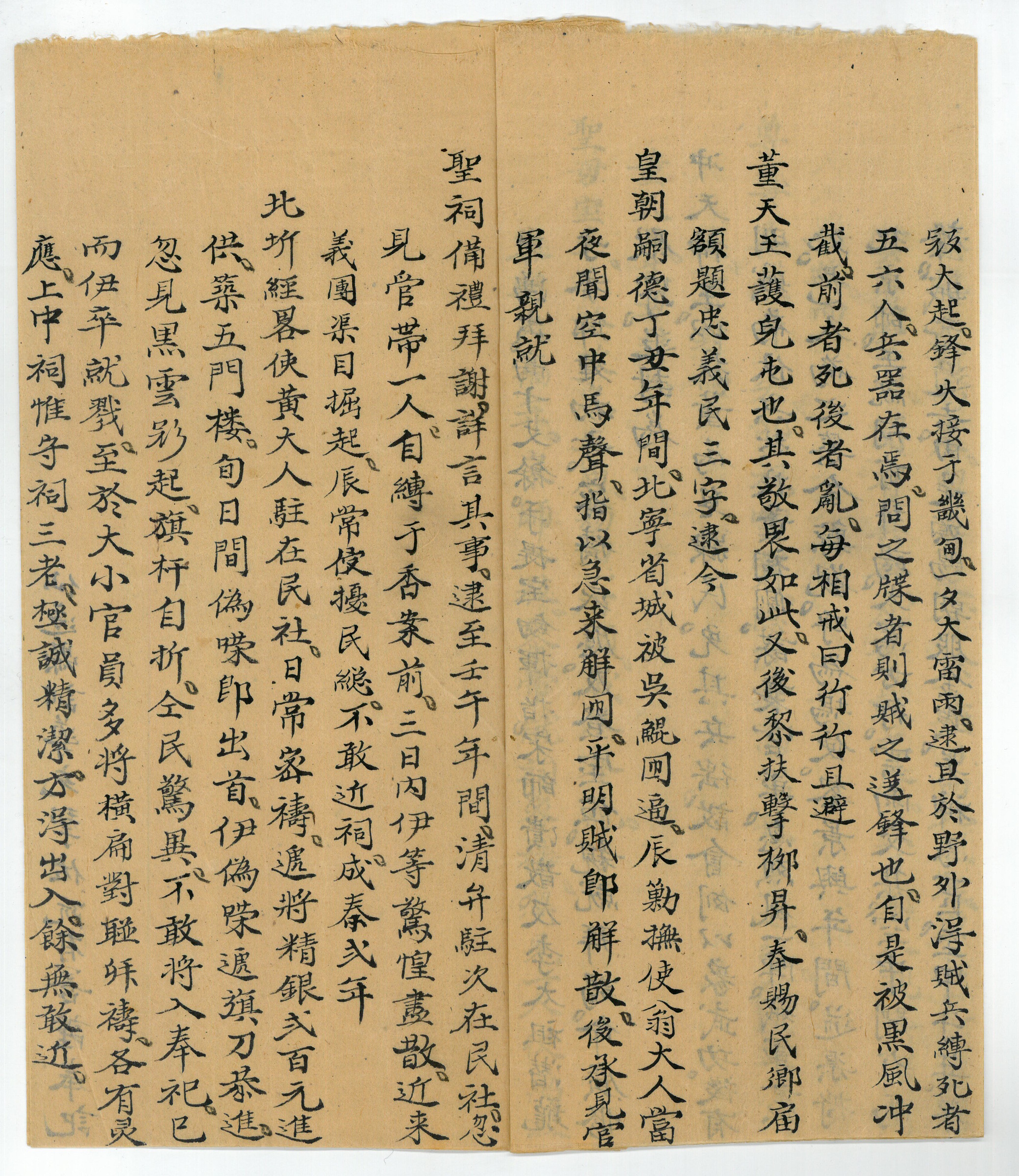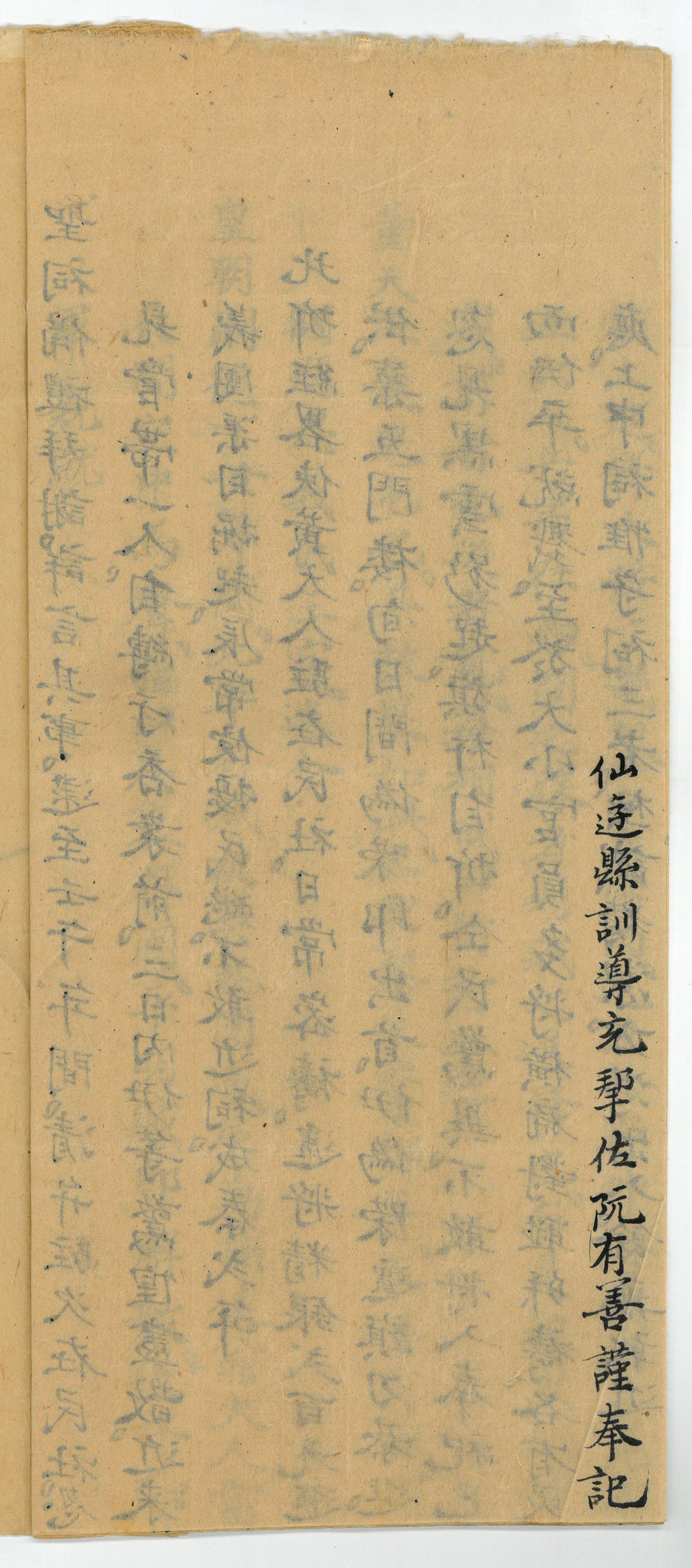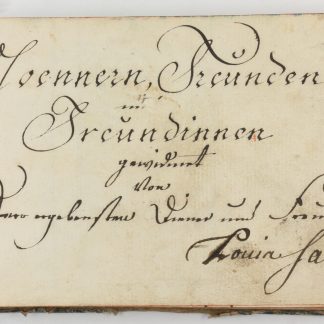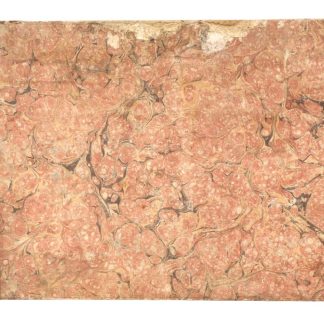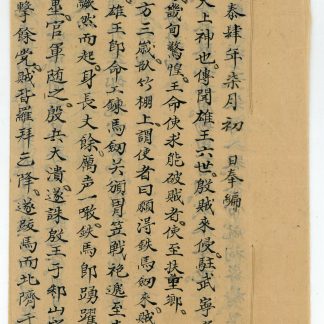"Histoire sur la vie du grand Génie de Bac Ninh ong Thanh Dong, dit vulgairement Thanh Giong ou en caractères Dông Thiên Vuong". Manuscript on the legend of Thánh Gióng.
Folio (200 x 312 mm). French manuscript on paper. 8½ pp. on 6 ff. Sewn. Together with a lithographed text in Chinese on rice paper. Folio (168 x 314 mm). 6 pp. on 7 ff. Sewn.
€ 4,500.00
Entitled "History of the life of the great Genie of Bac Ninh ong Thanh Dong, commonly known as Thánh Gióng, or in characters as Dông Thiên Vuong", the manuscript describes eight episodes from the Thánh Gióng legend in idiosyncratic French. The first and longest part is a rendering of the core story of the hero's victory over an invading Chinese army as a three-year-old child: "Le Roi de Hung Vuong envoyait ses ambassadeurs d’aller à la recherche à celui qui pourra se rendre maître à ces guerriers belliqueux. Les ambassadeurs du Roi étaient alors arrivés à Phu Dong. Le Dông Thiên Vuong était âgé de 3 ans, étendu sur un lit en bambous disait aux ambassadeurs quand on m’aura procuré d’un cheval de fer et un sabre je me rendrai maître aux guerriers belliqueux" ("The King of Hung Vuong sent his ambassadors to go in search of the one who will be able to make himself master to these warlike warriors. The King's ambassadors arrived at Phu Dong. The Dông Thiên Vuong was 3 years old, lying on a bed of bamboo, said to the ambassadors when one will have provided me with an iron horse and a saber I will make myself master to the warlike warriors", transl.). The following seven episodes have a more concrete temporal setting tied to the succeeding Vietnamese dynasties, ranging from the 1st and 2nd Lê dynasties (between 980 and 1788) to the Nguyen dynasty (1802-1945). These are all accounts of miracles performed by the now divine Thánh Gióng against invading armies and other enemies of the Vietnamese kings. In a note on the final page, the French copyist ascribes the original text to an author named Nguyen Hui Thiên from the district ("huyen") of "Tiên Do", probably Tiên Du in the northern Bac Ninh province.
Lower right margin of the final 3 leaves torn without loss to text; upper right corner creased.

